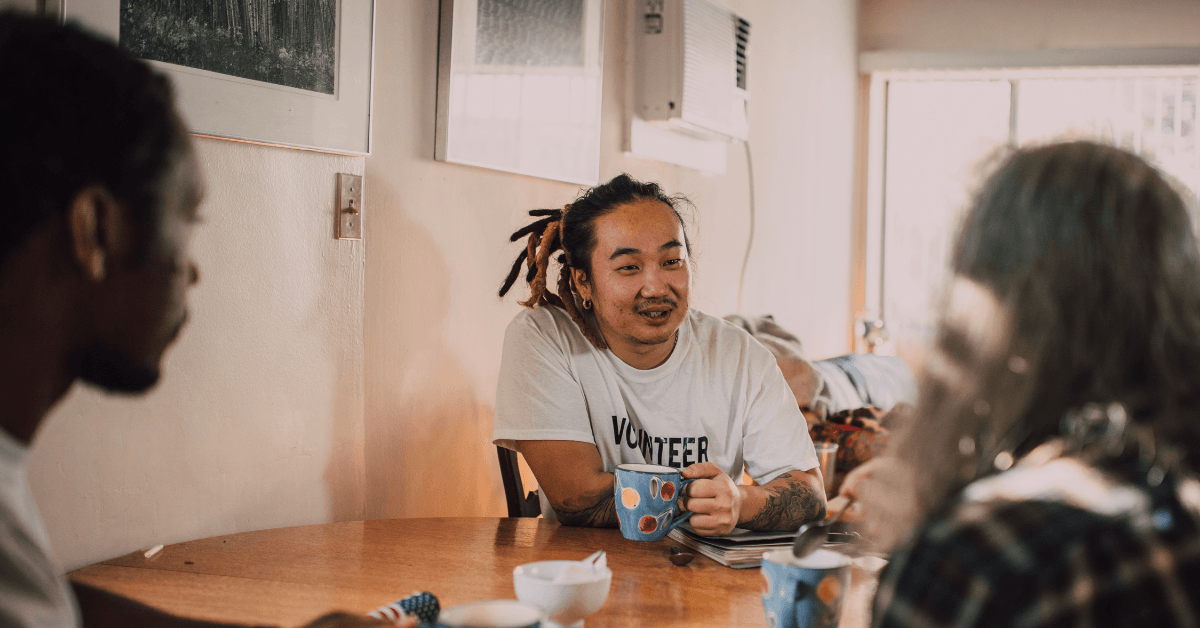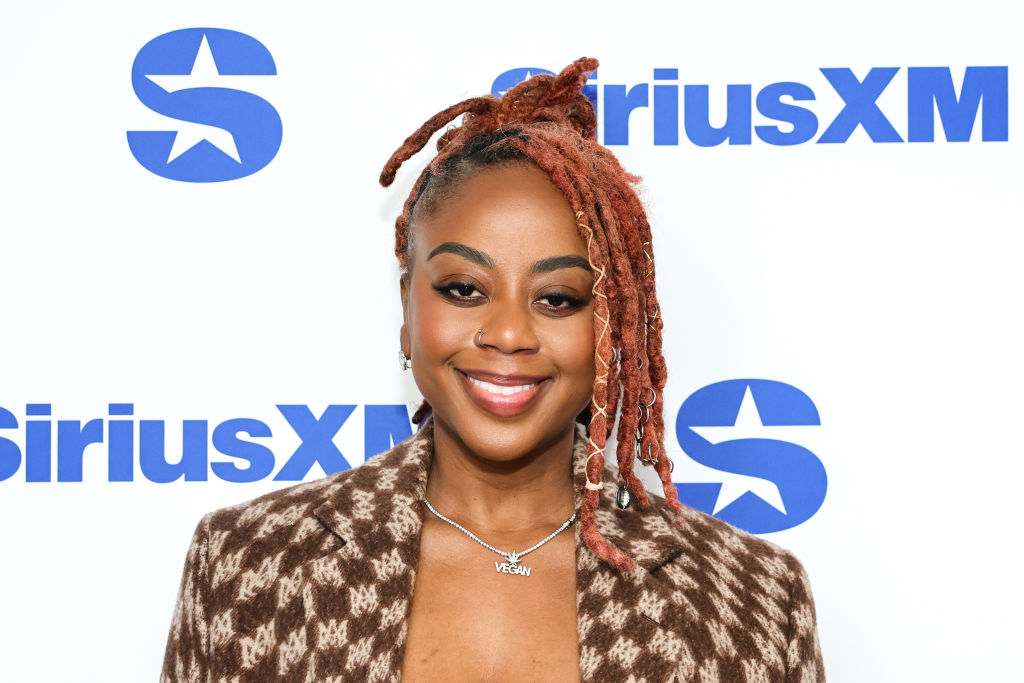What Is a Tenderqueer? Unpacking a Buzzword in LGBTQIA+ Culture
If you’ve spent any time online in LGBTQIA+ spaces — especially on TikTok, Tumblr, or queer Twitter — you’ve likely come across the term “tenderqueer.” It’s one of those words that seems to mean everything and nothing at the same time, depending on who’s using it. For some, it’s a loving self-identifier. For others, it’s… [...] Read More... from What Is a Tenderqueer? Unpacking a Buzzword in LGBTQIA+ Culture The post What Is a Tenderqueer? Unpacking a Buzzword in LGBTQIA+ Culture appeared first on LBS.


If you’ve spent any time online in LGBTQIA+ spaces — especially on TikTok, Tumblr, or queer Twitter — you’ve likely come across the term “tenderqueer.” It’s one of those words that seems to mean everything and nothing at the same time, depending on who’s using it. For some, it’s a loving self-identifier. For others, it’s… well, let’s just say it’s not exactly a compliment.
So what does “tenderqueer” actually mean? And why is this term sparking so much social media conversation within the LGBTQIA+ community?
Defining “Tenderqueer”
At its core, “tenderqueer” started as a term to describe LGBTQIA+ folks who embrace softness, emotional vulnerability, and radical care — especially in response to a world that often demands toughness. It’s a vibe, a mood, and in some ways, a quiet form of protest.
Think pastel aesthetics, emotional intelligence, therapy-speak, zines about boundaries, and friend groups built around care circles and community healing. It’s the kind of queer identity that’s just as much about how you show up emotionally as how you identify sexually or romantically.
Tenderqueers often prioritize mental health, safe spaces, intersectionality, and intentionally deconstructing toxic behaviors. It’s rooted in rejecting machismo, hyper-independence, and stoicism — especially for those who’ve been taught to bury their feelings to survive.
How the Term Has Shifted
As with many internet-originated identities, the term “tenderqueer” has evolved — and, depending on the circle, even gotten a little controversial.
Over time, some have started using the word sarcastically or even critically to call out behavior that feels overly performative, cliquish, or rooted in privilege. In these cases, it’s used to describe folks (often white, AFAB, nonbinary-presenting) who lean heavily on identity language and self-expression but may lack awareness of intersectionality, power dynamics, or the ways their actions affect others — especially queer people of color.
Take a look at one opinion from Tumblr user @fvckyouimaprophet who shares their take:
But let’s be clear: this criticism isn’t about softness itself. It’s about accountability. Just because someone speaks the language of healing and safe spaces doesn’t mean they’re beyond reproach.
Reclaiming and Resisting
While “tenderqueer” started as a self-described identity rooted in vulnerability, softness, and radical care, the term has since been co-opted by some outside the community and used as a pejorative. Despite that shift, many still proudly embrace the label, seeing tenderness not as a weakness but as a necessary act of resistance.
In fact, the term has even inspired creative work. In 2022, the art exhibition “Tender/Queer” explored the intersection of fragility and identity through ceramics and visual art. Curator Dustin Yager spoke on the exhibit and how telling your story as an LGBTQIA+ member can be trying.
“That act is not always entirely comfortable, ranging from empowering to eviscerating, tender to hurtful, blazing swords to wilted blossoms,” said Yager. “Through creating spaces, depicting our queer lives, building connections, and living out and proud lives, they show that even our softest work has a core of incredible strength.”
When (and How) to Use the Word
“Tenderqueer” is one of those words that’s best used by those who claim it for themselves. If someone describes themselves this way, it usually signals they’re trying to approach community, care, and identity with intentional softness.
I do not like the term "tenderqueer." I've been told it means something inherently pejorative, marking bad behavior like frailty and immaturity. That may be what some people intend it to mean, but its aggregate meaning in practice seems to always end up being "queer who is highly sensitive."
— May “Bunny” Peterson ? (@goddessblade.bsky.social) 2025-04-04T19:45:49.278Z
Using it to describe others, especially as a shorthand for certain types of queerness or aesthetics, can quickly veer into stereotyping. So tread lightly.
And if you’re someone who resonates with the label? Wear it proudly. The world needs more tenderness.
Why It Matters
At a time when anti-LGBTQIA+ policies are on the rise and trans and nonbinary folks are under constant attack, creating equitable spaces that center emotional safety, softness, and joy is powerful. Being “tender” doesn’t mean being weak — it means choosing vulnerability in a world that constantly tells you to harden up.
For many, tenderqueer isn’t just a term — it’s a survival strategy. It’s community care. It’s softness as resistance.
Final Thoughts
Whether you love it, cringe at it, or are just hearing it for the first time, “tenderqueer” is part of the ever-expanding language of queerness. And like any label, it’s only as powerful (or problematic) as how it’s used.
If you take anything away from the conversation, let it be this: there’s nothing wrong with leading with care, being soft, or healing out loud. But as always, it’s just as important to lead with awareness, especially in community with others whose experiences differ from your own.
Have you heard the term “tenderqueer” before? Do you love it, claim it, or cringe at it? Let’s talk in the comments.
The post What Is a Tenderqueer? Unpacking a Buzzword in LGBTQIA+ Culture appeared first on LBS.












